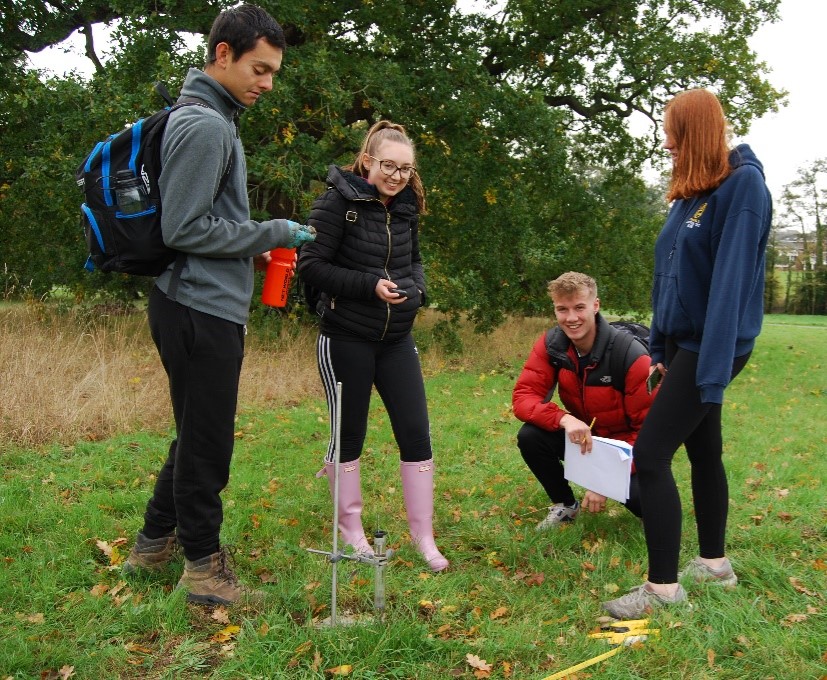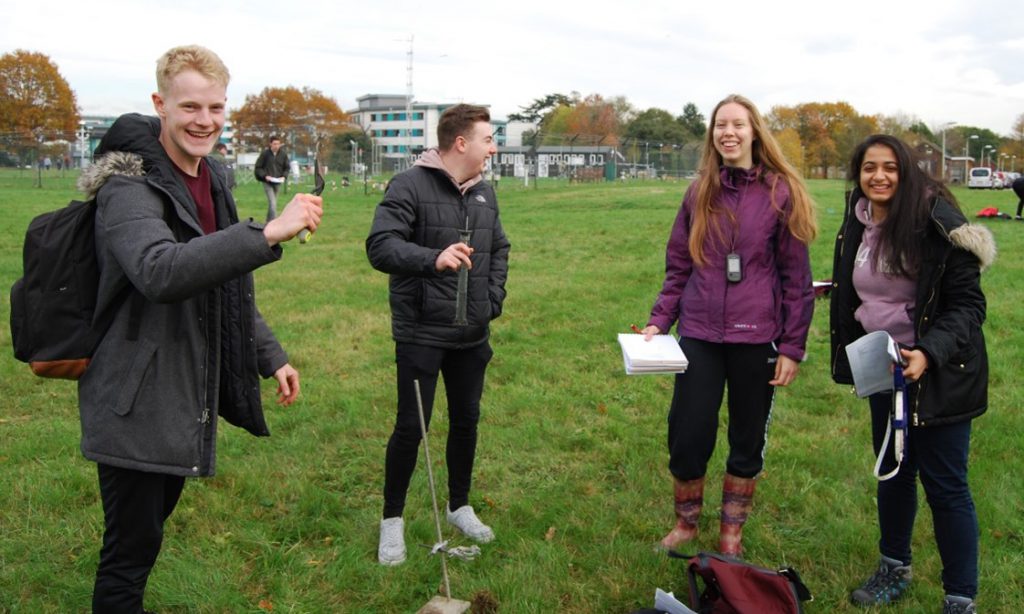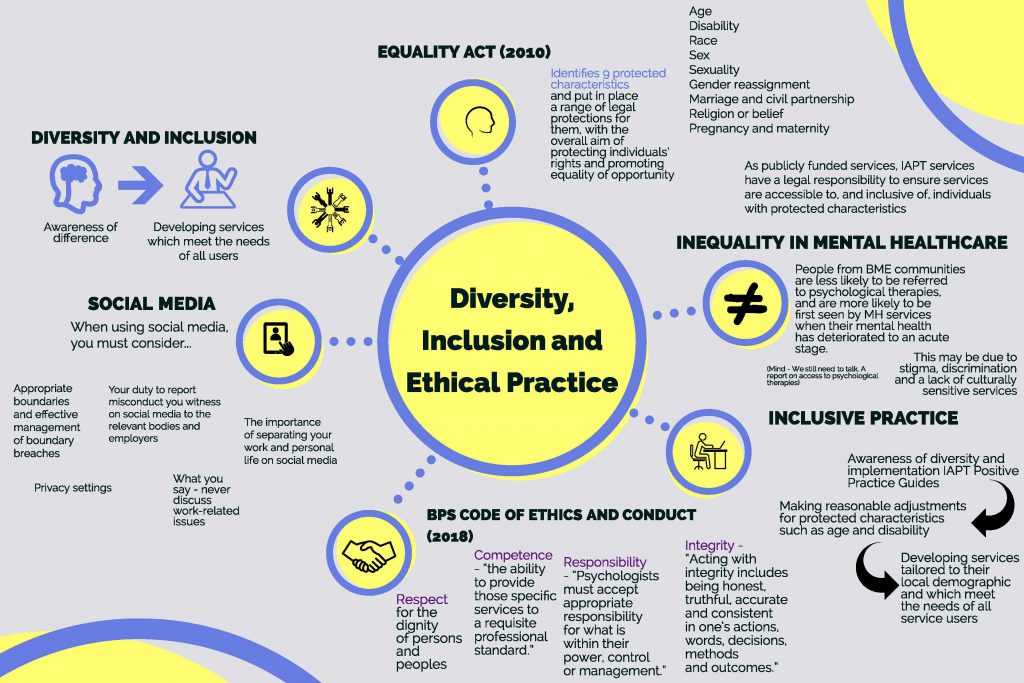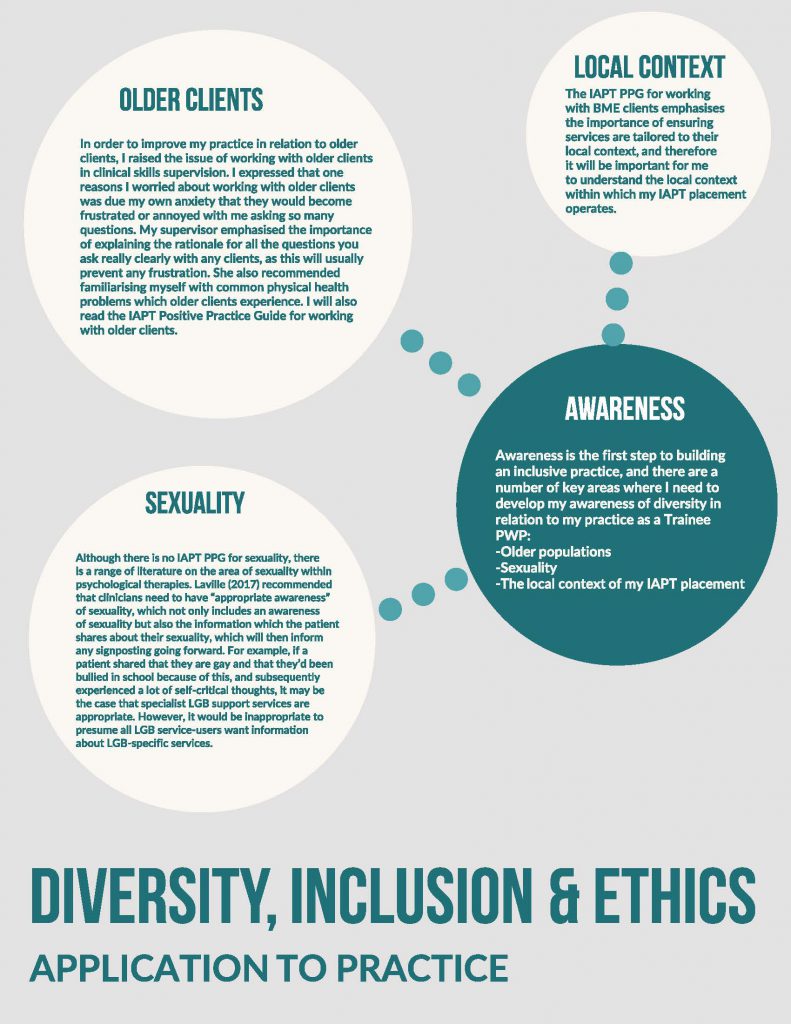Jo Anna Reed Johnson – Institute of Education
Overview
This article outlines the thinking to drive programme development through student focus groups across three IOE programmes. The outcome to write a paper and present at a conference helped me to frame this project with a team of academics focusing on changes made during Covid-19 (2020-2021). This article will share reflections on setting up and running of the focus groups, the delivery of the conference presentation and the final paper writing. Finally, it will discuss what we have learnt from this and what we will continue to do.
Objectives
- Share 4 academic perspectives on the redesigning of three modules (SKE, STEAM, PGCE Sec Science) that all have practical elements (laboratory or school), due to Covid-19, by sharing what we did and exploring the student perspectives
- Show how we designed opportunities for discussion and collaboration when conducting practical work or school related work online
- Consider the use of student focus groups for programme co-development
- Reflect on the collaborative nature of paper writing and co-programme reflections
Context
At the IOE there are a range of teacher education programmes, with a practical focus. The four colleagues engaged in this article were involved with Skills in Schools (ED2TS1 – March to July 2020), SKE (IESKEP and PFTZSKEMATHSA– March to Aug 2020) and PGCE Secondary Science (GFSTSCIENCE – September 2020 to June 2021). These programmes all require students to work in schools and engage in a science laboratory (if science focused). As COVID hit in March 2020 we had to think quickly and imaginatively, transforming our provision to be online where required. Having worked across all three programmes I felt it was pedagogically appropriate to engage our students in the ways we had throughout their learning during the pandemic, where they worked in online communities of practice to reflect. Thus, we decided to set up a series of focus groups with students reflecting on the impact of the changes and to provide insights for future programme innovations. This culminated in a conference presentation and paper.
Implementation
The focus was to drive programme development through reflections and shared experiences of academics and students. I set up a project timeline and MS Team to manage and drive the deliverables, with the end goal to engage students as co-programme developers and to culminate in a conference presentation and paper. It required framing the project, seeking ethical approval and funding, setting up focus groups to collect data, then reflections and writing up.
Framing the project allowed me to maintain the focus for the redesigning of three modules that all had practical elements (laboratory or school), due to Covid-19. And then exploring how that had impacted on students through focus groups. It was the conference and paper deadlines that drove this activity and timeline. At first colleagues wondered why we were writing a paper for a submission related to the School of Architecture (Manchester and Manchester Metropolitan University), but in fact it was because it was about ‘place’. The remit was a paper related to ‘online education: teaching in a time of change’.
Seeking ethical approval and funding all required knowing where to go and what to do. Ethical approval required submission of an ethical approval form (including consent form, interview schedule, focus group details) to the IOE ethics committee. Then applying for funding through the University Travel Grants Scheme – Tasha Easton – e.saxon@reading.ac.uk
Data Collection was initially carried out using MS Forms, for the initial feedback request. Consent was also required, so where this could not be achieved in person, there was a need to have consent approval attached to the top of the MS Form. Once participants had consented and those who were willing had indicated taking part in the focus groups, I could set up a series of focus groups across the three programmes, to take place on MS Teams. We decided to split the four sets of interviews into subject specific groups so that the conversations and reflections could be driven by the students. One student was nominated as the chair, and they had a template of questions to guide their discussions.
Paper Writing was a challenge as we needed to fit this around our Teaching Focused roles. I created a writing template after attending an IOE Research and Scholarship Writing Workshop with Professor Alan Floyd. I scheduled meetings to review, discuss and allocate sections of writing.
The whole process began in December 2020 and continued through to 30 May 2021, with the conference in 21-23 April 2021 (July 2021- Paper Publication).
Impact
There were several elements of impact:
- Working collaboratively with colleagues to reflect on programme development
- Engaging students as co-programme developers
- Attending a conference (where funding allowed)
- Conference paper presentation
- Conference paper publication
Reflection
In terms of the setting up of focus groups and driving data collection, we learnt that we needed to be organised, and the timeline/plan really helped to keep that focus. There were times where we were too busy, but we had to create time as we had deliverables to meet. If we had not have had those deliverables of a conference presentation and paper, we may have let this slip and do it ‘next year’.
Writing the paper was a challenge in that we had not done this together before, and some colleagues had not written an academic paper in a very long time, or even an educational one. So, creating that writing template and allocating tasks worked.
Gaining conference funding can always be a challenge. But reaching out and asking was the first thing to do. Then finding out what could be offered at the University/School Level. Next time, we would all like to attend the conference. Being an online conference made it more difficult to engage, and I think next time we would plan to all get funding an attend a face-to-face conference so that we too can benefit from being part of the Community of Practice.
What we will continue to do….
- Develop students as programme co-developers through focus groups, engaging them in the paper writing.
- Use focus groups to help us (academics) reflect on our own practice and discuss developments across programmes.
- Drive programme development through the sharing of practices, building communities of practice with timelines and deliverables.
What else will we do…
- Engage students in the paper writing and conference process.
- Seek funding to attend a F2F conference with colleagues to allows us time and space to continue to reflect on practice.
Links
Research and Travel Grants Committee: https://www.reading.ac.uk/closed/research/committees/res-researchtravelgrantsubcommittee.aspx
AMPS Conference 21-23 April 2021 – https://architecturemps.com/online-ed-conference/




